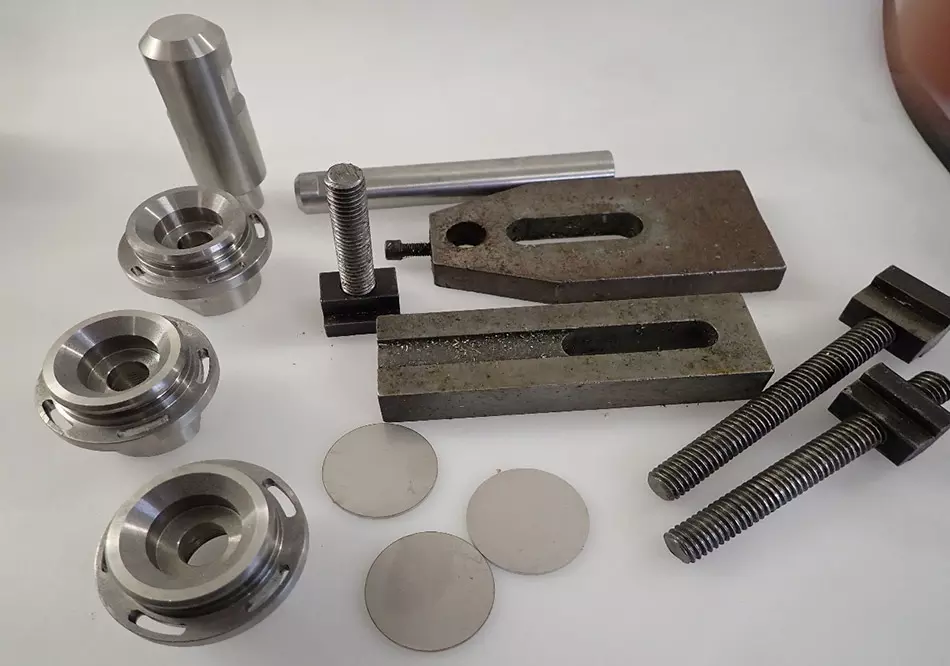Aqueous Cleaning Processes - Case Study
Aqueous cleaning processes involve the use of water-based solutions to clean parts and components. The solutions can include detergents, acids, alkalis, or solvents, depending on the type of contaminant to be removed. Aqueous cleaning processes are environmentally friendly and safer for workers compared to solvent-based cleaning processes. Additionally, they offer better cleaning results and can remove a wide range of contaminants, including oil, grease, dirt, and rust.
Importance of Aqueous Cleaning Process using Ultrasonic Cleaning
Aqueous cleaning processes using ultrasonic cleaning offer better cleaning results compared to other cleaning methods. The high-frequency sound waves produced by ultrasonic cleaning create microscopic bubbles in the cleaning solution, which penetrate the surface of the parts and components to be cleaned, dislodging contaminants that are difficult to remove using other cleaning methods.
Using ultrasonic cleaning is faster and more efficient than manual or mechanical cleaning processes. The process is automated, reducing labour costs and improving productivity. Additionally, ultrasonic cleaning can clean multiple parts and components simultaneously, reducing cleaning time and increasing throughput. The high-frequency sound waves produced by ultrasonic cleaning can penetrate small crevices and remove contaminants that are difficult to reach using other cleaning methods.
The solutions used in aqueous cleaning processes are water-based and do not contain harmful chemicals that can harm the environment. Additionally, ultrasonic cleaning is a closed-loop system that recirculates the cleaning solution, reducing waste and minimising the environmental impact. The solutions used in aqueous cleaning processes are less toxic and pose less risk to workers' health. Additionally, ultrasonic cleaning is a closed-loop system that reduces worker exposure to cleaning chemicals, minimising the risk of accidents and injuries.
Aqueous Ultrasonic cleaning of Components
Component: Various tooling parts
Contamination prior to cleaning: Cutting fluids, general dirt and grime
Process:
Each stage was allowed to attain the required temperature and undergo degassing before the cleaning process commenced. The initial stage, utilising Galvex 20.02, was selected due to its compatibility with various materials and its ease of rinsing, making it a suitable cleaning detergent and finishing product that provides a spot-free rinse. The wash tank was initially filled with tap water, which was then diluted with a 5% concentration of Galvex 20.02 and subsequently degassed. All components were methodically arranged within the wash basket, which was then submerged in the tank and set for a cycle time of 10 minutes, including basket dunking. Next, the parts underwent a tap water rinse for 2 minutes to eliminate any Galvex 20.02 detergent residue. It should be noted that an additional DI water rinsing stage would be necessary for a spot-free finish without watermarks. Lastly, the parts were dried for 10 minutes at 70°C in the Versa Genius+ hot air dryer.
| Machines used for cleaning | Cleaning Agent | Temperature(s) | Concentration |
|---|---|---|---|
| Versa Genius+ 120 30Khz Ultrasonic cleaner with basket dunking | Galvex 20.02 | 70°C | 5% |
| Versa Genius+ 120 – Rinse tank | Tap water | 45°C | 100% |
| Versa Genius+ 120 hot air dryer | N/A | 70°C | N/A |
Before cleaning with Aqueous process

After cleaning with Aqueous process
